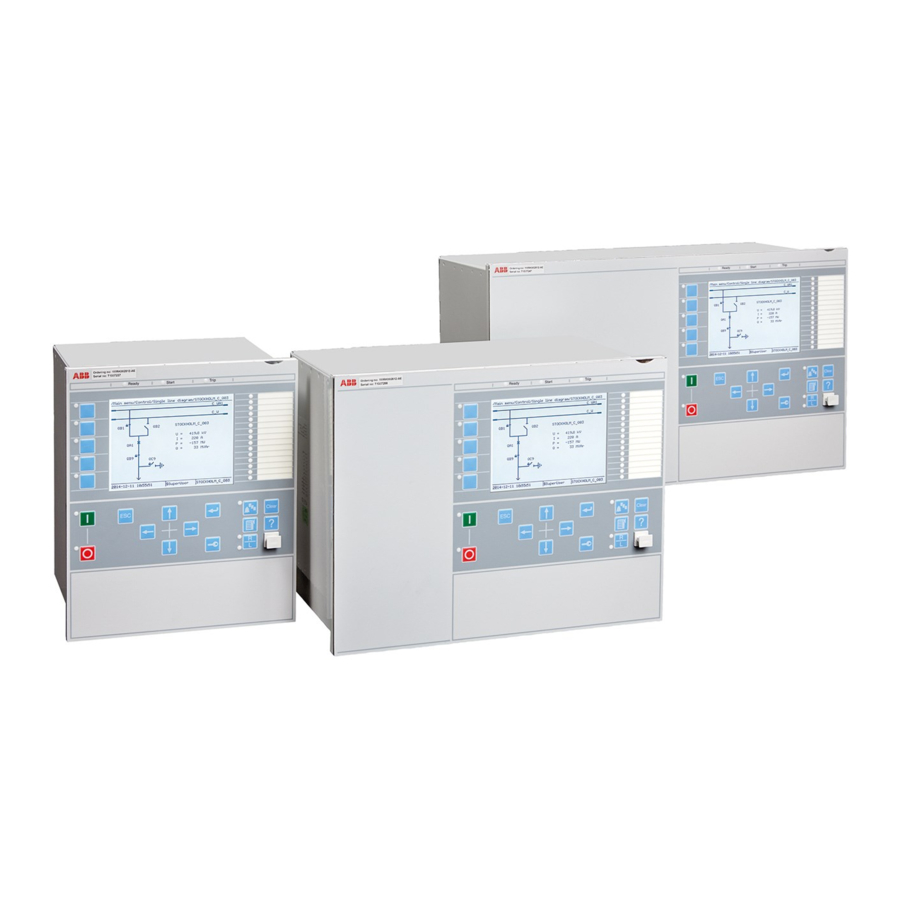
ABB Relion 670 Series Commissioning Manual
Busbar protection
Hide thumbs
Also See for Relion 670 Series:
- Technical manual (1432 pages) ,
- Technical reference manual (1232 pages) ,
- Applications manual (944 pages)
Table of Contents
Advertisement
Quick Links
Advertisement
Table of Contents

















Need help?
Do you have a question about the Relion 670 Series and is the answer not in the manual?
Questions and answers